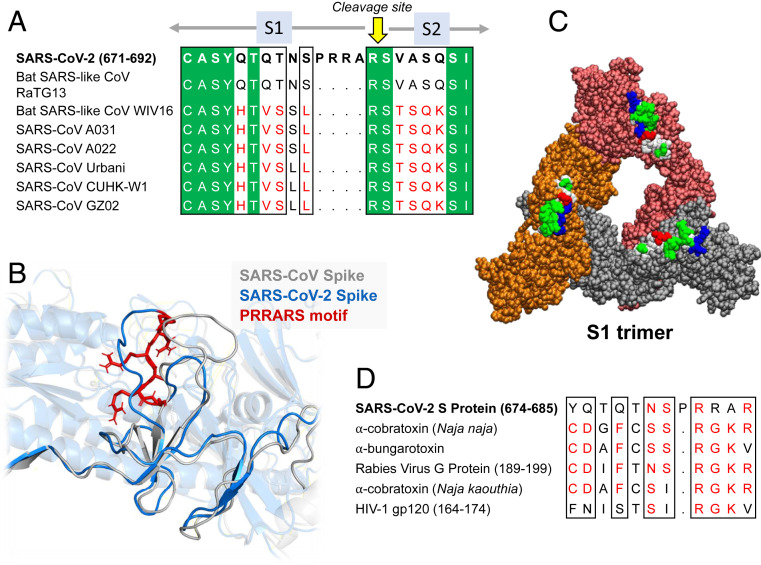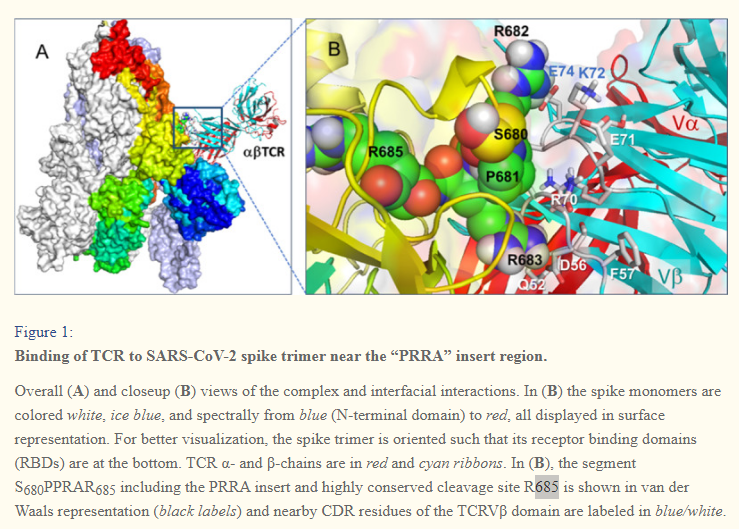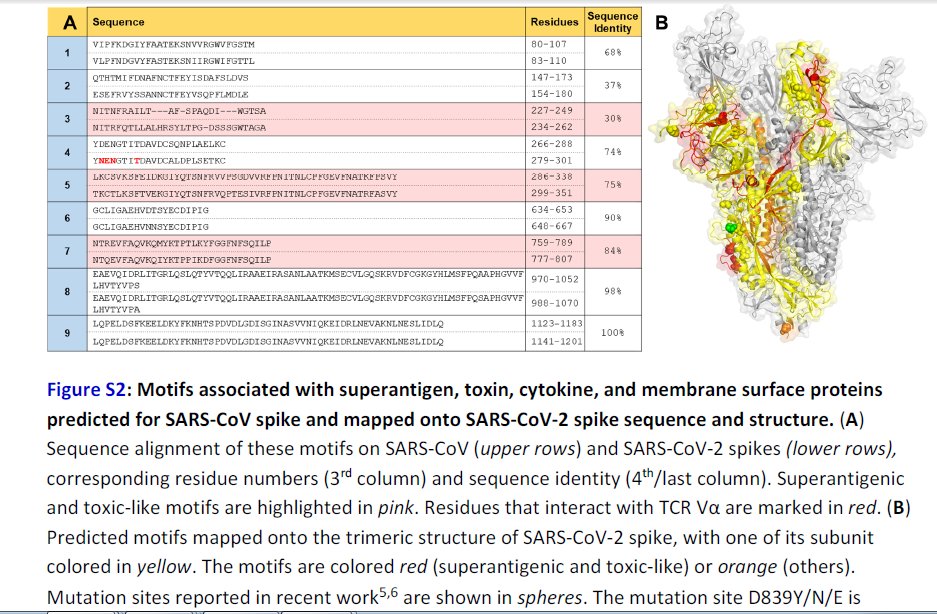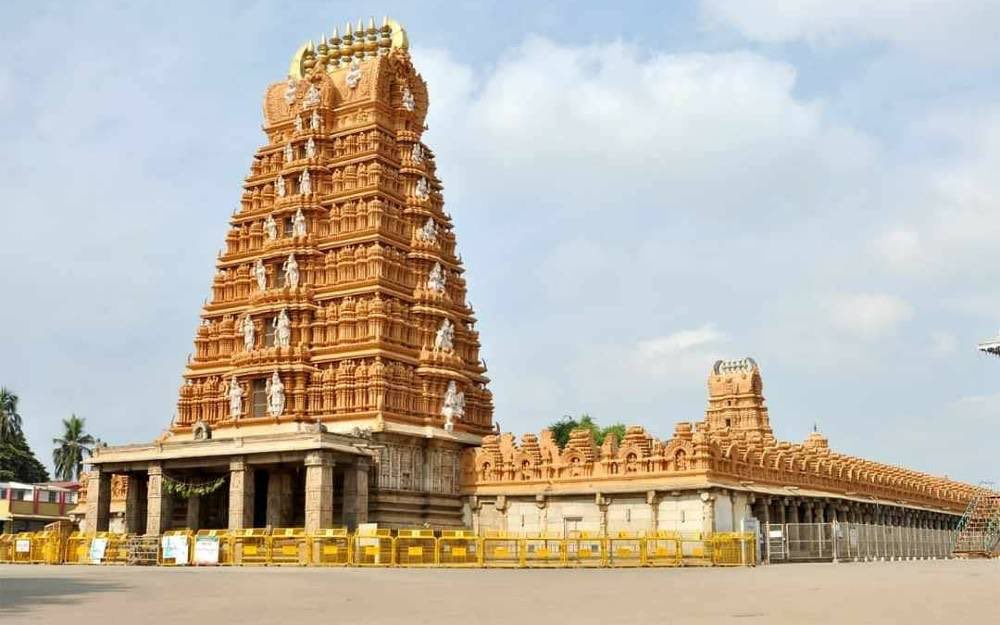An article by Jan Nyssen, a Belgian physical geographer, and professor of geography at Ghent University, on the ongoing war and its impact on civilian life in Tigray
“People (mostly men but also women) were killed en masse within the church compound. They raped women from the church
According to him there was shelling towards the church from a distant location but the church wasnt hit
More from World
1/10 With respect, multiple straw men here:
A) If you mean by "legally questionable" either that Senate is barred by constitution from trying an official impeached while in office, or that there are even very strong arguments against it, I have to differ...
2/10 Constitutional structure, precedent & any fair reading of original intent dictate that argument for jurisdiction is far stronger than argument against. On original intent, see
3/10 If you mean argument against jurisdiction is plausible, sure, it's plausible. It's just weak. In practical fact, Senate can try Trump now, find him guilty & disqualify him from future office if there are sufficient votes. And no court would presume to overturn that result
4/10 b) The argument from resources is awfully hard to take seriously. Fewer than a dozen House members act as Managers for a few weeks. They are staffed, as are Senators hearing case, by folks whose job it is to do stuff like this...
5/10 Yes, Senate floor time will be taken up. But it's past time for us to stop thinking of members of either house as feeble, fluttering, occupants of a nationally-funded convalescent home. There are nearly 500 of these people with 1000s of staff and a bunch of big buildings...
A) If you mean by "legally questionable" either that Senate is barred by constitution from trying an official impeached while in office, or that there are even very strong arguments against it, I have to differ...
Some argue that if the Senate declines to hold a legally questionable, resource-sucking trial, Trump would be getting a free pass. That assumes criminal authorities do nothing and citizens can't be trusted to evaluate. Censure and focus important work?
— Ross Garber (@rossgarber) January 22, 2021
2/10 Constitutional structure, precedent & any fair reading of original intent dictate that argument for jurisdiction is far stronger than argument against. On original intent, see
3/10 If you mean argument against jurisdiction is plausible, sure, it's plausible. It's just weak. In practical fact, Senate can try Trump now, find him guilty & disqualify him from future office if there are sufficient votes. And no court would presume to overturn that result
4/10 b) The argument from resources is awfully hard to take seriously. Fewer than a dozen House members act as Managers for a few weeks. They are staffed, as are Senators hearing case, by folks whose job it is to do stuff like this...
5/10 Yes, Senate floor time will be taken up. But it's past time for us to stop thinking of members of either house as feeble, fluttering, occupants of a nationally-funded convalescent home. There are nearly 500 of these people with 1000s of staff and a bunch of big buildings...
You May Also Like
1/ Here’s a list of conversational frameworks I’ve picked up that have been helpful.
Please add your own.
2/ The Magic Question: "What would need to be true for you
3/ On evaluating where someone’s head is at regarding a topic they are being wishy-washy about or delaying.
“Gun to the head—what would you decide now?”
“Fast forward 6 months after your sabbatical--how would you decide: what criteria is most important to you?”
4/ Other Q’s re: decisions:
“Putting aside a list of pros/cons, what’s the *one* reason you’re doing this?” “Why is that the most important reason?”
“What’s end-game here?”
“What does success look like in a world where you pick that path?”
5/ When listening, after empathizing, and wanting to help them make their own decisions without imposing your world view:
“What would the best version of yourself do”?
Please add your own.
2/ The Magic Question: "What would need to be true for you
1/\u201cWhat would need to be true for you to\u2026.X\u201d
— Erik Torenberg (@eriktorenberg) December 4, 2018
Why is this the most powerful question you can ask when attempting to reach an agreement with another human being or organization?
A thread, co-written by @deanmbrody: https://t.co/Yo6jHbSit9
3/ On evaluating where someone’s head is at regarding a topic they are being wishy-washy about or delaying.
“Gun to the head—what would you decide now?”
“Fast forward 6 months after your sabbatical--how would you decide: what criteria is most important to you?”
4/ Other Q’s re: decisions:
“Putting aside a list of pros/cons, what’s the *one* reason you’re doing this?” “Why is that the most important reason?”
“What’s end-game here?”
“What does success look like in a world where you pick that path?”
5/ When listening, after empathizing, and wanting to help them make their own decisions without imposing your world view:
“What would the best version of yourself do”?
Keep dwelling on this:
Further Examination of the Motif near PRRA Reveals Close Structural Similarity to the SEB Superantigen as well as Sequence Similarities to Neurotoxins and a Viral SAg.
The insertion PRRA together with 7 sequentially preceding residues & succeeding R685 (conserved in β-CoVs) form a motif, Y674QTQTNSPRRAR685, homologous to those of neurotoxins from Ophiophagus (cobra) and Bungarus genera, as well as neurotoxin-like regions from three RABV strains
(20) (Fig. 2D). We further noticed that the same segment bears close similarity to the HIV-1 glycoprotein gp120 SAg motif F164 to V174.
https://t.co/EwwJOSa8RK

In (B), the segment S680PPRAR685 including the PRRA insert and highly conserved cleavage site *R685* is shown in van der Waals representation (black labels) and nearby CDR residues of the TCRVβ domain are labeled in blue/white
https://t.co/BsY8BAIzDa

Sequence Identity %
https://t.co/BsY8BAIzDa
Y674 - QTQTNSPRRA - R685
Similar to neurotoxins from Ophiophagus (cobra) & Bungarus genera & neurotoxin-like regions from three RABV strains
T678 - NSPRRA- R685
Superantigenic core, consistently aligned against bacterial or viral SAgs

Further Examination of the Motif near PRRA Reveals Close Structural Similarity to the SEB Superantigen as well as Sequence Similarities to Neurotoxins and a Viral SAg.
The insertion PRRA together with 7 sequentially preceding residues & succeeding R685 (conserved in β-CoVs) form a motif, Y674QTQTNSPRRAR685, homologous to those of neurotoxins from Ophiophagus (cobra) and Bungarus genera, as well as neurotoxin-like regions from three RABV strains
(20) (Fig. 2D). We further noticed that the same segment bears close similarity to the HIV-1 glycoprotein gp120 SAg motif F164 to V174.
https://t.co/EwwJOSa8RK

In (B), the segment S680PPRAR685 including the PRRA insert and highly conserved cleavage site *R685* is shown in van der Waals representation (black labels) and nearby CDR residues of the TCRVβ domain are labeled in blue/white
https://t.co/BsY8BAIzDa

Sequence Identity %
https://t.co/BsY8BAIzDa
Y674 - QTQTNSPRRA - R685
Similar to neurotoxins from Ophiophagus (cobra) & Bungarus genera & neurotoxin-like regions from three RABV strains
T678 - NSPRRA- R685
Superantigenic core, consistently aligned against bacterial or viral SAgs























